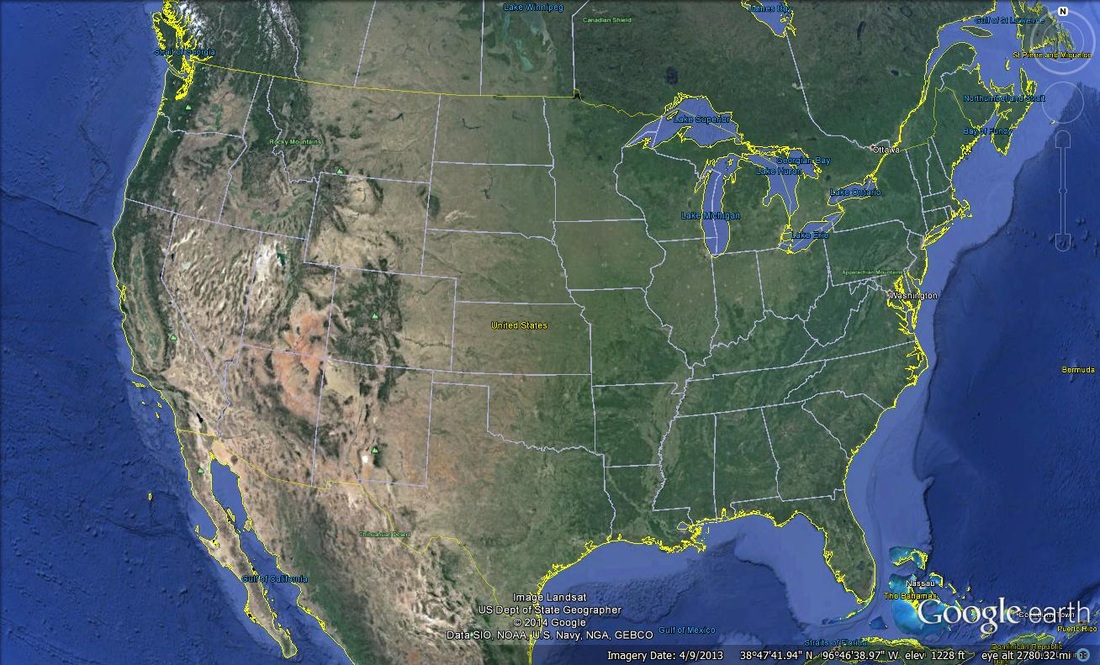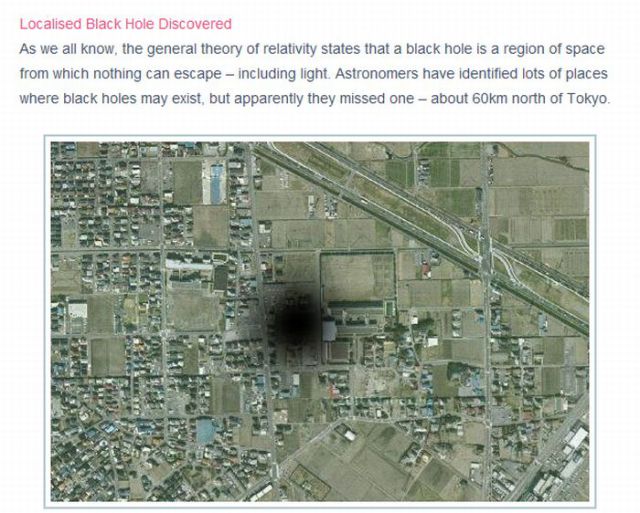


12, 2015) west of Gotland.”A recently launched weather satellite has sent back its first image of Earth, showing our planet in gorgeous detail. Writing in an email from the field, she noted: “We steamed through ‘carpets’ of it the entire day yesterday (Aug. She confirmed that the bloom contained a type of cyanobacteria called Nodularia. Blooms like this flourish in the Baltic Sea during summertime, when there is ample sunlight and high levels of nutrients.ĭuring this bloom, Maren Voss of the Leibniz Institute of Baltic Sea Research, a phytoplankton and cyanobacteria expert, was in the area on a research cruise.

Satellite images alone cannot say definitively that this bloom contains cyanobacteria-analysis of ocean water samples would be required to confirm it. Moreover, large blooms can cause an oxygen-depleted dead zone where other organisms cannot survive. Cyanobacteria are an ancient type of marine bacteria that, like other phytoplankton, capture and store solar energy through photosynthesis. Large, dense blooms of cyanobacteria are seen in the Baltic in August, 2015. ‘Carpets’ of cyanobacteria are seen in the Baltic. Read the full story on Earth Observatory. Essentially, the higher the infrared signal measured, the higher temperature on the surface.” “We can calculate the surface temperature from these measurements through math and some modeling.

“Infrared bands measure how much energy is emitted by the surface of the Earth at particular wavelengths,” said Matthew Montanaro, a researcher on NASA’s Landsat team. This image shows a small portion of the Gulf Stream about 300 miles (500 kilometers) east of Charleston, South Carolina, in infrared. It is one of the strongest currents on Earth, and one of the most studied. Stretching from tropical Florida to the doorstep of Europe, this river of water carries a lot of heat, salt and history. The Gulf Stream is an important part of the global ocean conveyor belt that moves water and heat across the North Atlantic from the equator toward the poles. Seeing the Gulf Stream (about 500 miles or 300 km from Charleston, S.C.) in infrared reveals surface temperatures.


 0 kommentar(er)
0 kommentar(er)
